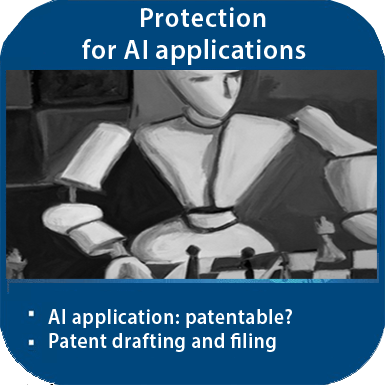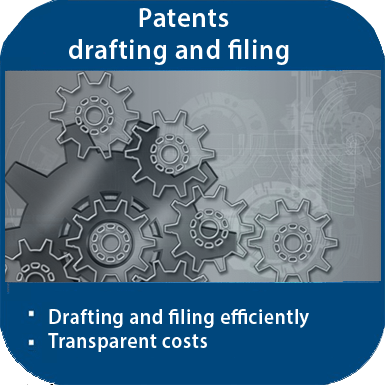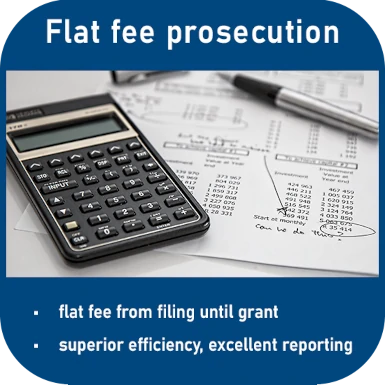Non-unique cell ID in telecommunications: UNWIRED PLANET decision

UNWIRED PLANET's appeal against the revocation of the European patent “Non-unique cell ID” was rejected by the EPO's Technical Board of Appeal. The opponents of UNWIRED PLANET’s patent are market leaders in telecommunications: Google, HTC, Samsung, Huawei and LG.
The appeal of the patent proprietor Unwired Planet was directed against the decision of the Opposition Division revoking the contested patent under Article 101(2) and (3)(b) EPC. The contested European patent is about cell ID in telecommunications, the full title of which is: Self configuring and optimisation of cell neighbours in wireless telecommunications networks. It describes a method of operating a mobile terminal in a wireless telecommunications system defining a plurality of communication cells.
Measurement information or parameter information?
The Opposition Division of the European Patent Office (EPO) revoked this patent of Unwired Planet, due to an inadmissible extension (added matter). Unwired Planet appealed against this decision and filed 40 auxiliary requests. Now the Technical Board of Appeal decided in this case (Non-unique cell ID I/UNWIRED PLANET, T 0619/18 - 3.5.03), published on 10 November 2022.
The main point of dispute was whether certain operating parameters were linked to the "(non-unique) cell ID" as measurement information and whether this was an essential characteristic at all.
In point II.6 of the contested decision, the opposition division held that the application as filed discloses on page 4, lines 11-13, that at least in the notification phase the "non-unique identification information" and the "at least one operating parameter" - obtained as measurement information - are linked in such a way that no basis for reporting both the "non-unique identification information" and the "at least one operating parameter" according to features (d) and (e) in claim 1 could be seen therein.
Technical Board of Appeal: not directly and clearly disclosed
The Technical Board further noted that in this embodiment, any measurement information was linked to the recognized (non-unique) cell identifiers. Conversely, the combination of features (d) and (e) in granted claim 1 did not require any particular link between the reporting of "parameter information relating to the operating parameter(s)" and the reporting of the "non-unique identification information", let alone that the "parameter information" should be measurement information.
Since a general parameter need not necessarily be measured, the Technical Board disagreed with the applicant's argument that "parameter information" should automatically correspond to "measurement information" in the context of claim 1. In summary, therefore, the board held that the subject matter of granted claim 1 was not directly and unambiguously disclosed to the skilled person in the application as filed, either explicitly or implicitly.
Inadmissible extension
The omission of "measurement information tied to" from page 4, lines 11-13 of the application as filed therefore constitutes an inadmissible intermediate generalisation. The broader term "operating parameters" in the original claim 10 cannot remedy this, because it encompasses both "measurement information" and recorded parameters such as the "scramble code", i.e. the non-unique ID information.
Finally, the board noted that the addition of feature (j) in many of the auxiliary claims does not overcome this objection. In the application as filed, the "measurement information" and not the "parameter information" is linked to the "(non-unique) cell ID". Therefore, auxiliary requests B1 to B9 and B1A to B7A are also not admissible under Article 123(2) EPC, irrespective from other admissibility issues.
Article 123(2) EPC - beyond the content of the application
The board pointed out that in assessing conformity with Article 123(2) EPC it applied the "gold standard" and not the outdated "essentiality test". Whether or not the features in question are relevant or essential to the claimed invention is thus not the decisive criterion for such an assessment.
Rather, the decisive factor is whether new technical information is available to the skilled person after the amendment (see, inter alia, T 1270/20, grounds 3.7.1). This is the case here: the claimed combination of features from the original claims with a selection of individual features from the embodiment in the description constitutes new technical information for the skilled person, the Technical Board of Appeal decided.
Therefore, the subject matter of the granted claim 1 extends beyond the content of the application as originally filed (Article 123(2) EPC). It thus follows that the ground for opposition under Article 100(c) in conjunction with Article 123(2) EPC precludes the maintenance of the patent as granted. This also applies to the versions requested in the 40 auxiliary requests.
The appeal against the Opposition Division's decision was therefore dismissed in its entirety by the EPO's Technical Board of Appeal.
For questions or further information in the context of computer-generated or computer-implemented inventions, please contact our law firm Köllner & Partner by telephone at +49 69 69 59 60-0 or please send us an email info@kollner.eu.







